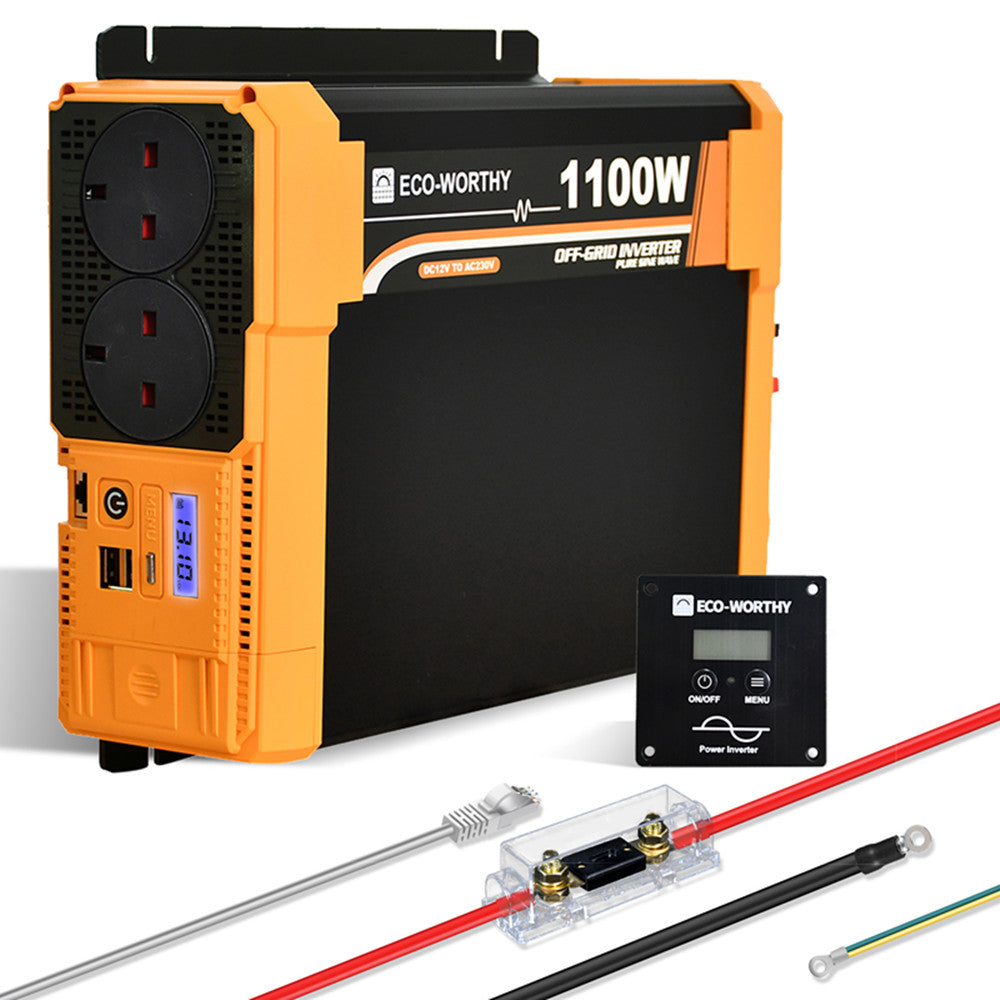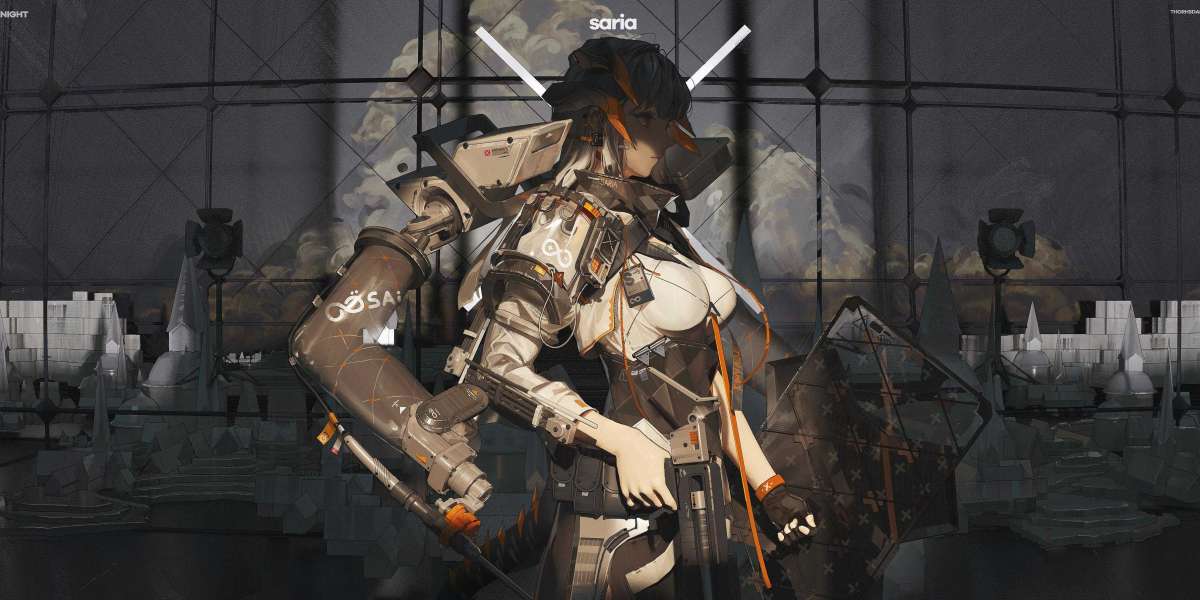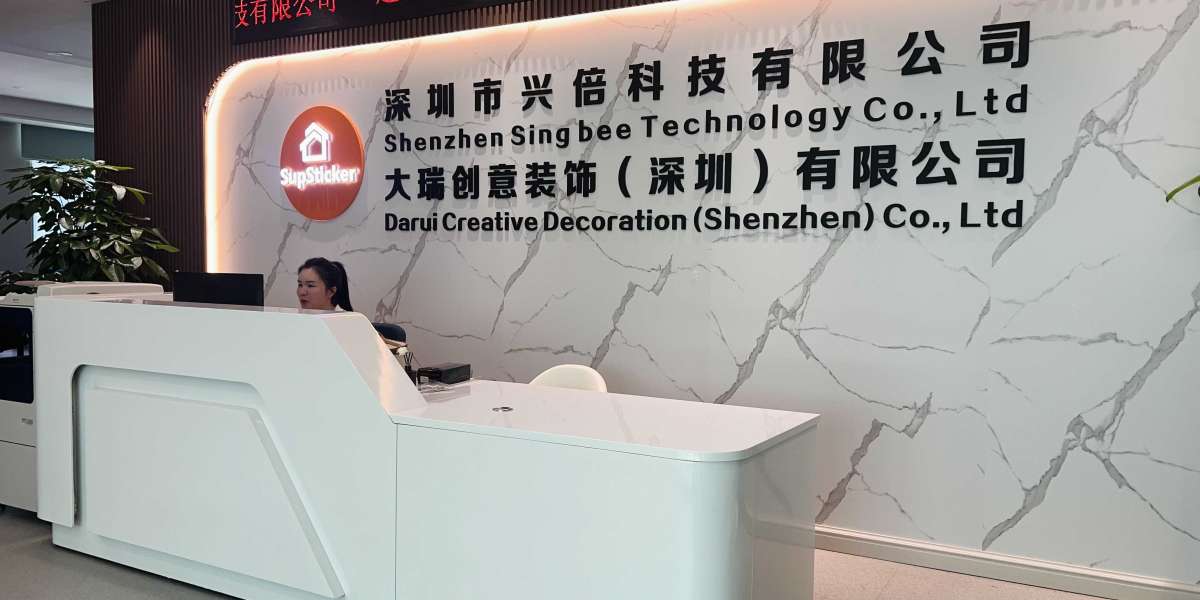Demystifying the 12v 220v Inverter: How Does It Work in Industry Denise Chapin?
In the realm of electrical engineering, the 12v 220v inverter stands as a pivotal device, transforming direct current (DC) from a 12-volt source into alternating current (AC) at 220 volts. This transformation is crucial for powering a myriad of household and industrial appliances that require AC for operation. But how does this conversion process work, especially in contexts where industry-specific applications are not the primary focus? Let's delve into the intricacies of this fascinating technology.

Understanding the Basics of Inversion
At its core, an inverter is an electronic device that converts DC to AC. The 12v 220v inverter specifically takes a 12-volt DC input, commonly sourced from batteries, and converts it to a 220-volt AC output. This conversion is essential for running devices that are designed to operate on the standard AC voltage found in most homes and businesses.
For instance, consider a scenario where you are camping and need to power a laptop or a small refrigerator. A 12v 220v inverter can draw power from your car battery and convert it to the necessary AC voltage, enabling you to use your devices as if you were at home.
The Conversion Process: Step by Step
The conversion process within a 12v 220v inverter involves several stages:
- DC to AC Conversion: The inverter uses electronic components such as transistors and capacitors to switch the DC input on and off rapidly, creating a pulsed DC that mimics AC.
- Voltage Transformation: This pulsed DC is then fed into a transformer, which steps up the voltage from 12 volts to 220 volts.
- Waveform Smoothing: Finally, the output is filtered to produce a smooth AC waveform, suitable for powering sensitive electronic devices.
Each of these steps is crucial for ensuring that the output is stable and reliable, making the inverter a versatile tool for various applications.
Applications Beyond Industry
While inverters are often associated with industrial applications, their utility extends far beyond. In everyday life, they are indispensable in scenarios where access to the grid is limited or non-existent. For example:
- Emergency Power Supply: During power outages, a 12v 220v inverter can provide backup power for essential devices such as lights, medical equipment, and communication devices.
- Recreational Use: Inverters are popular among campers and RV enthusiasts who need to power appliances and gadgets while on the move.
- Renewable Energy Systems: Solar power systems often use inverters to convert the DC output from solar panels into AC for home use.
These examples highlight the versatility and importance of inverters in various non-industrial contexts.
Innovations and Future Prospects
The technology behind 12v 220v inverters continues to evolve, with advancements aimed at improving efficiency, reducing size, and enhancing reliability. Innovations such as pure sine wave inverters, which produce a cleaner and more stable AC output, are becoming increasingly popular. Additionally, the integration of smart technology allows for better monitoring and control of power usage, making inverters more user-friendly and efficient.
As renewable energy sources become more prevalent, the role of inverters in converting and managing power will only grow. This makes understanding their operation and potential applications all the more important for both professionals and enthusiasts alike.
Conclusion
Demystifying the 12v 220v inverter reveals a device that is both simple in concept and profound in its applications. Whether for emergency power, recreational use, or renewable energy systems, inverters play a crucial role in our daily lives. By understanding how they work and their diverse applications, we can better appreciate the technology that powers our world.



